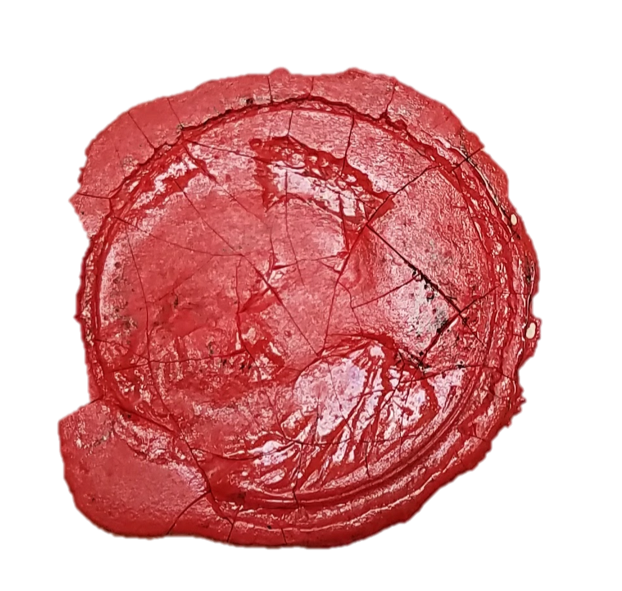Review for Más de 72
http://www.masde72.periodistasdeapie.org.mx/, Accessed September 29, 2018
Reviewed by Ashley Nelcy García, Graduate Student, Department of Spanish and Portuguese, The University of Texas at Austin
What is a digital archive? I asked myself this question weeks before submitting this review. While digital archives are typically defined as a coherent set of digital objects that have been put online by a library or archive, Más de 72 challenges the notion of what we can identify as a digital collection of records.
Más de 72 is a digital project that collects primary sources pertaining to the massacre of 72 migrants from Central and South America and India. The documents and media shared on this site shed some light on the mass murder that occurred in San Fernando, Tamaulipas in 2010, under the administration of Felipe Calderón. The collection was created by Periodistas de Pie, an organization of active journalists that seeks to raise the quality of journalism in Mexico. The International Center for Journalists (ICFJ), CONNECTAS, and journalists who were invited to participate in the project supported the development and completion of this project.
The collection is a valuable resource for individuals interested in Mexico’s recent history, memory, and human rights issues. Visitors can access primary sources such as official documents from Mexico and the United States–including parts of judicial records and declassified files. Testimonies from surviving family members recorded in video and audio by journalists, photographs, and maps are also available. Additionally, journalistic investigations and reports published by human rights entities provide context to users unfamiliar with the case.
Más de 72’s primary strength is its presentation. The site contains six different tabs or capítulos (chapters) that provide different types of information. For instance, the sections titled “La Masacre” (The Massacre) and “Después de la Masacre” (After the Massacre) include official and visual documents associated with the mass murder of the 72 migrants. Under these tabs, visitors can access documents like the press release from the Secretaría de Marina (Secretary of Marine) and the diplomatic cable that the U.S. Embassy sent to the Department of State. Online browsers with an interest in the role of official documents can also download more than 50 files under the tab titled “Transparencia” (Transparency). On the other hand, users interested in criminal records and procedures and migration studies can access a list of objects found in the location where the massacre occurred and the names of the victims under “Después de la Masacre”. In regards to organization, it is important to note that the names of the victims are listed under their country of citizenship and under the month and the year they were identified.
On the other hand, the tabs titled “Las Víctimas” (The Victimas), “Los Culpables” (The Culprits), and “Sobre San Fernando” (About San Fernando) provide more detailed information regarding people and location. These sections can benefit visitors interested in oral history, memory, gender studies, and digital cartography. Under “Las Víctimas”, users can listen to four testimonies provided by victims’ surviving family members. “Los Culpables” has a list of the men and women involved with the mass murder; this section includes the names, the photos, the list of crimes they committed, and external links that provide additional information. The section titled “San Fernando” includes a digital map from Time Mapper that helps users identify the mass graves and the people that have been disappeared in Tamaulipas by geographic location.
Overall, the site benefits users who cannot visit Mexico or Tamaulipas. Aside from scholars, people who can potentially benefit from this repository include but are not limited to: family members of migrants and people who have been disappeared, residents from the state of Tamaulipas, people with relatives in the northern part of the Mexico, journalists, lawyers, and activists. Although the project is not affiliated with libraries, governmental, or academic institutions, Periodistas de Pie is open to working with community members. As stated in “Creditos” (Credits), users can share documents or materials by sending an email to the listed email address. In addition, the organization invites visitors to collaborate–either with skills or donations–to continue developing the site.
There are some technical issues with the website. It would be troubling for someone who is unable to read Spanish to understand the majority of the information included in the platform. Additionally, some links, hyperlinks, and images need to be updated. More descriptive metadata would also benefit the project and there is a need to assist with the second part of the collection titled “Segunda Entrega: Fosas de San Fernando” (Second Delivery: San Fernando’s graves). While these are minor setbacks, they also provide an opportunity for archivists, scholars, and web developers to get involved with the project.
It is important to note that Más de 72 is not described as a “digital archive” by Periodistas de Pie. Even though I described how this site serves as a repository for primary sources, we can further use it to reflect in the power of naming. In “Owning Critical Archival Studies: A plea”, Michelle Caswell states that naming can help establish a field of study such as critical archival studies. She describes “naming is a form of legitimating, naming is power, naming is a way of demarcating and defining and delineating and harnessing” (9). While naming aids our research practices and dialogues, it can be dangerous for others. In this regard, we need to ask ourselves what counts as an archive. What is at stake when using the term in certain contexts? Especially in those where the creators of these resources find themselves in a violent climate and are rarely protected by institutions of power.
